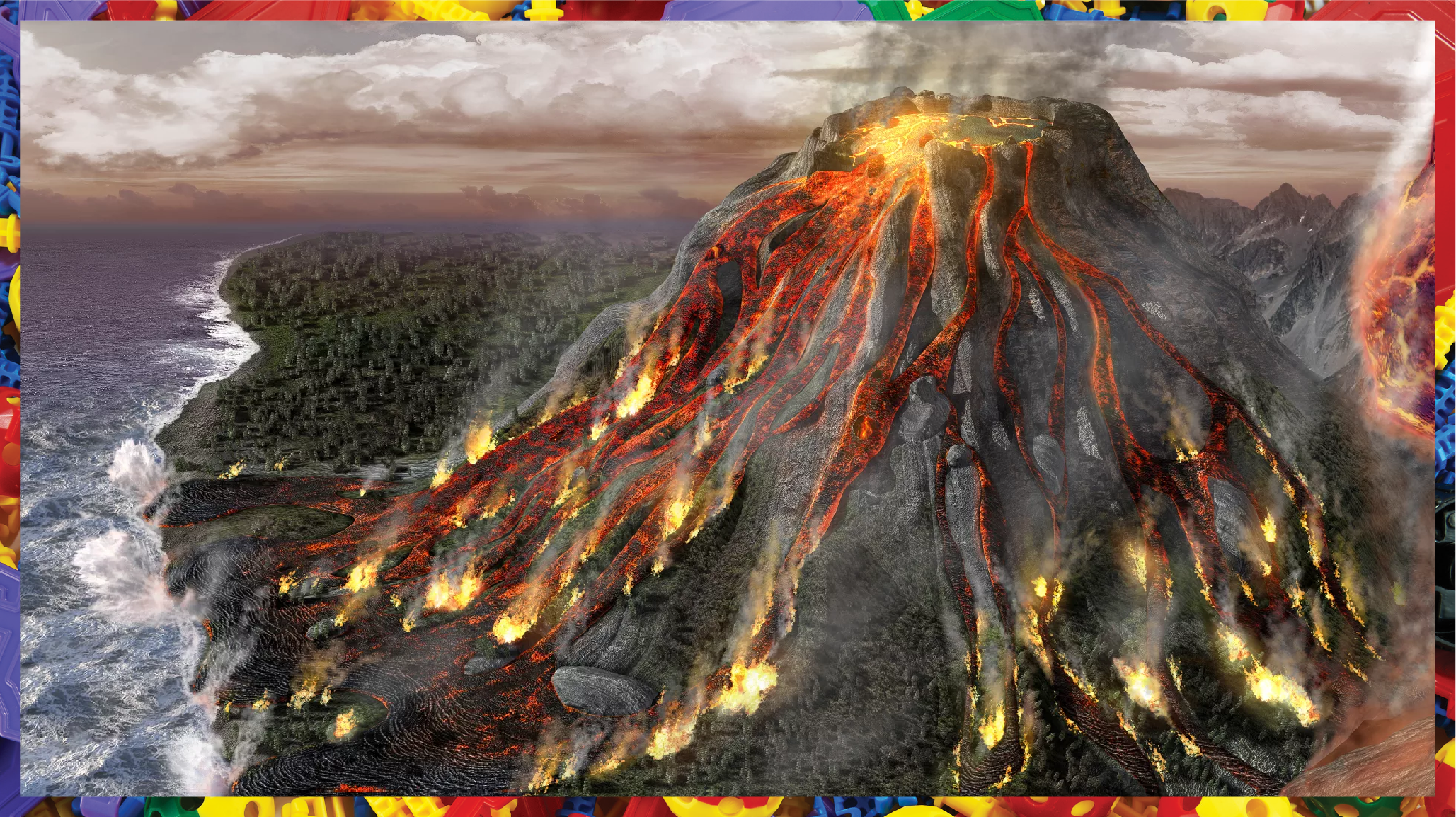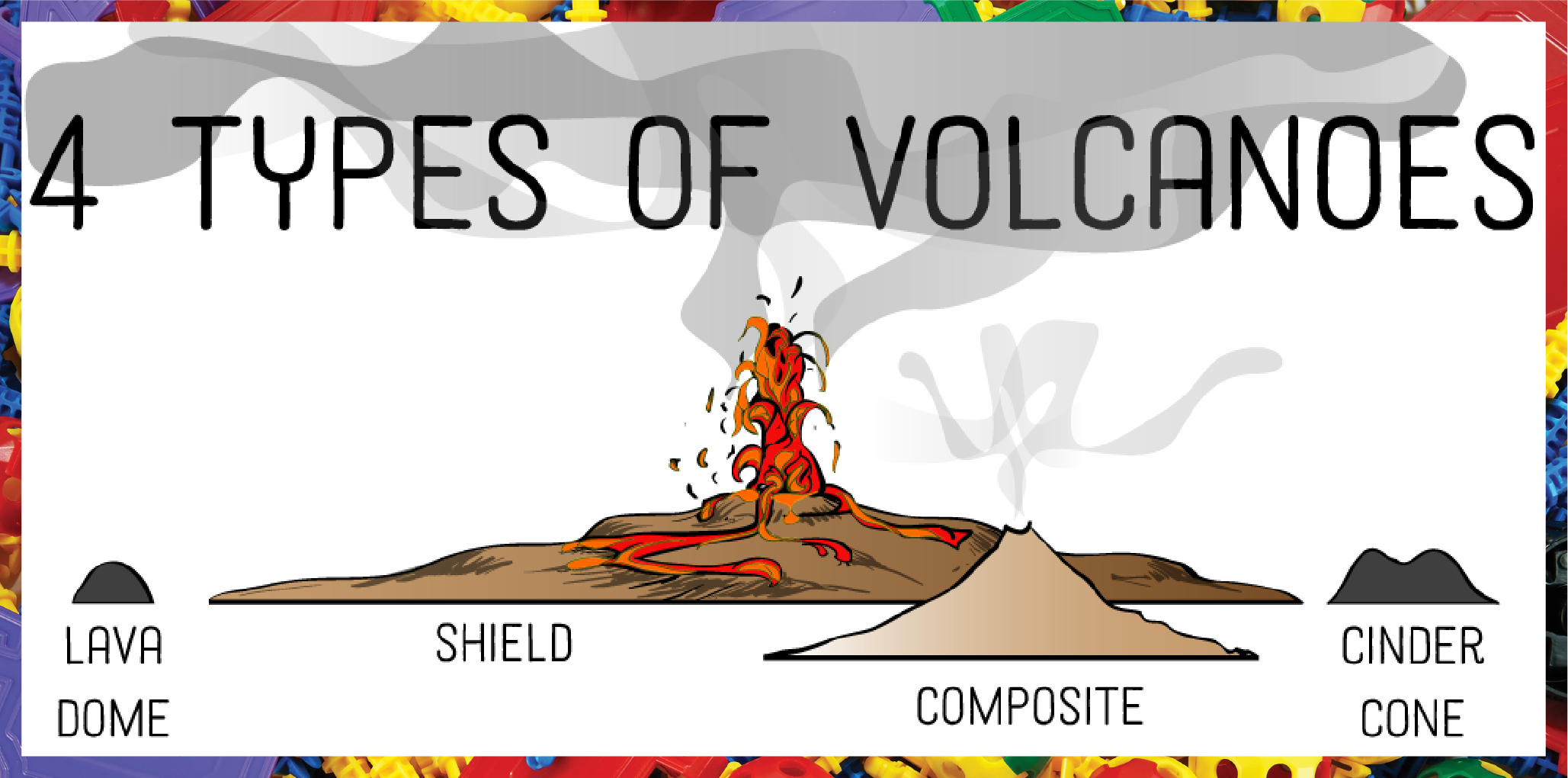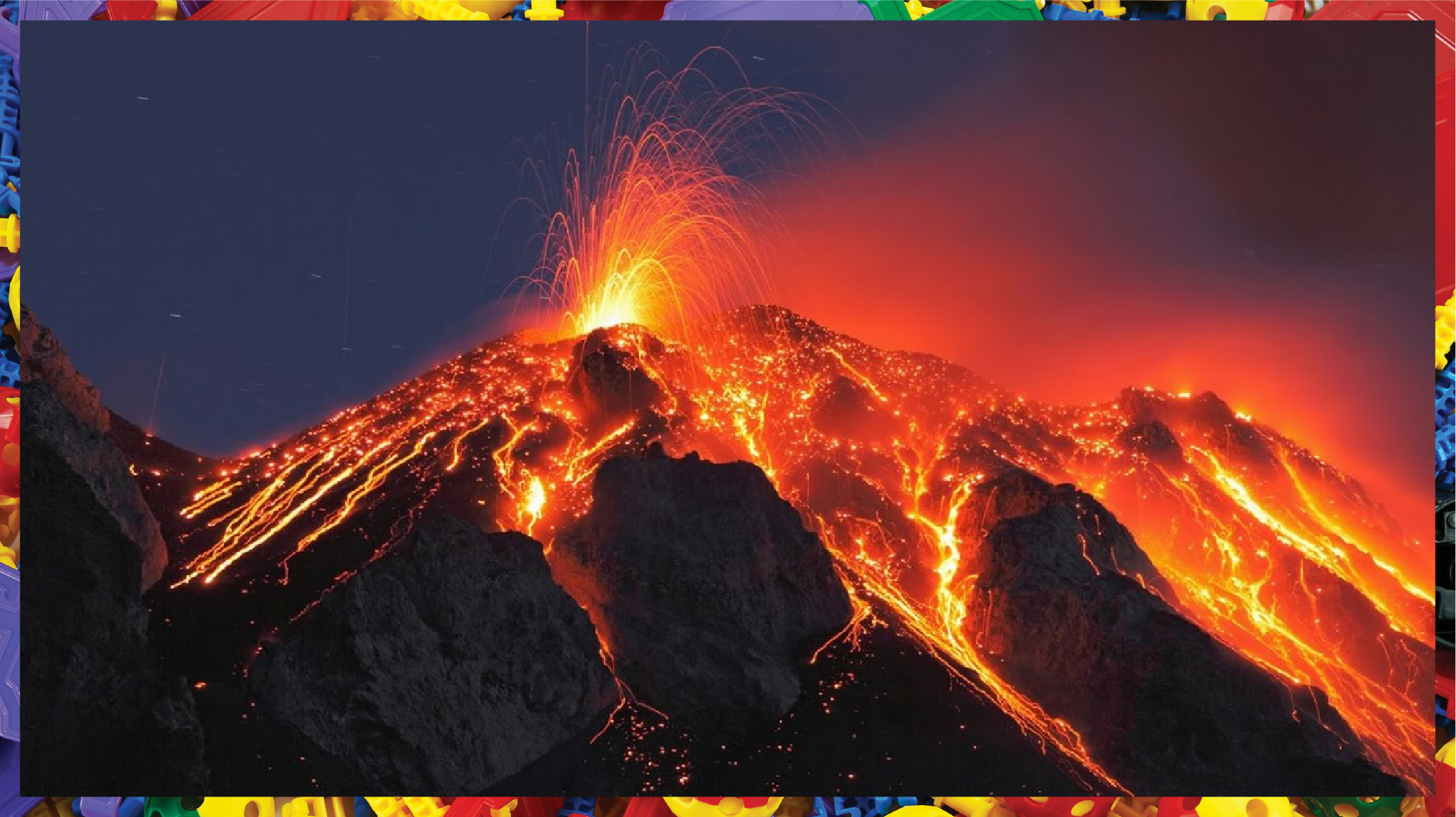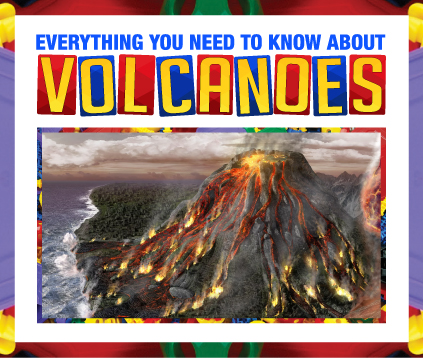

Ever made a volcano for your school’s science fair project? Volcanoes can be fascinating with their intriguing vents, lava domes and eruptions. According to Volcanoes.usgs, there are 60-80 volcanoes that erupt every year across the globe. This means there is a volcanic eruption almost every week and while some may take a few days to erupt, others
WHAT IS A VOLCANO?
A volcano is essentially a mountain or hill that contains a vent or coarse crater that forms the opening for the water vapor, gaseous matter, lava and rock fragments during eruption from the earth’s crust. Volcanoes have different sizes and shapes that can range from cylindrical forms to composite and lava domes.

COMPOSITE VOLCANOES
These are also known as stratovolcanoes and are commonly found in some of the most amazing mountains across the globe like Mount Fiji and Mount Rainier.
SHIELD VOLCANOES
Shield volcanoes resemble common shields and are known to expel low-viscosity lava that has the capability to flow through longer distances down the skin-deep slopes of the mountain.
CINDER CONE VOLCANOES
A rather simple form of volcanoes, these are formed when lava buildups and particles are chucked out from the opening or vent. The spilled materials give shape to a cinder cone structure known as cone volcanoes.
LAVA DOMES
Lava domes are volcanic formations that are the result of thick or dense lava piling up over the vents that can travel very far. Contrary to shield volcanoes, the magma from these domes gathers around the vent, hence the name lava domes.

VOLCANIC ERUPTIONS
Volcanic activity can be captivating. Scientists have over the years unraveled the mystery behind molten lava and eruptions. A volcano primarily erupts due to the magma underneath the earth’s crust being pushed up to the surface. This makes the molten rock expel from the vent of the volcano as lava or ash. There are inherent natural mechanisms that initiate this process of lava pushing up from the bottom to erupt in molten form down the volcano.
These natural mechanisms can be attributed to seismology that involves the four layers of the earth, the upper mantle (7 – 35 km extension range), the transition zone (410–660 km), the lower mantle (660–2,891 km) and the core-mantle boundary (~200 km). There are conditions constantly changing in the earth’s crust at the mantle layer that give rise to high pressures and temperatures that can go up to 1000°C. These two factors contribute to the liquid-like behavior of the rock solids building in elasticity. The infused elasticity is massive measuring time scales of thousands of years and even more.
As the molten rock is less dense than the rocks nearby, it travels up to the surface as ‘floating magma’ through the different cracks and openings in the mantle region. As it is pushed up, the molten rock erupts from the vent to the landscape in the form of lava or volcanic rocks.
References
https://www.universetoday.com/31124/how-volcanoes-erupt/
https://www.gns.cri.nz/Home/Learning/Science-Topics/Volcanoes/Volcanic-Hazards
https://www.livescience.com/27295-volcanoes.html
https://www.dkfindout.com/us/earth/volcanoes/
https://usercontent2.hubstatic.com/12831217.png









Trackbacks/Pingbacks